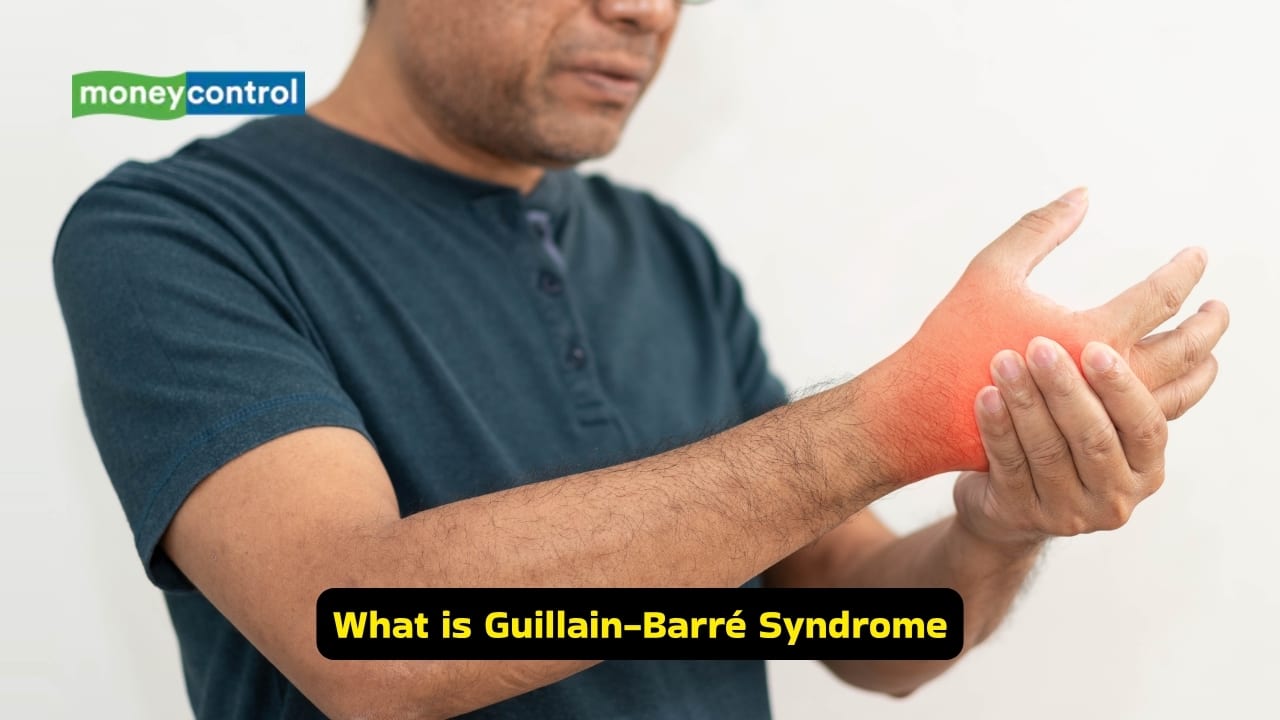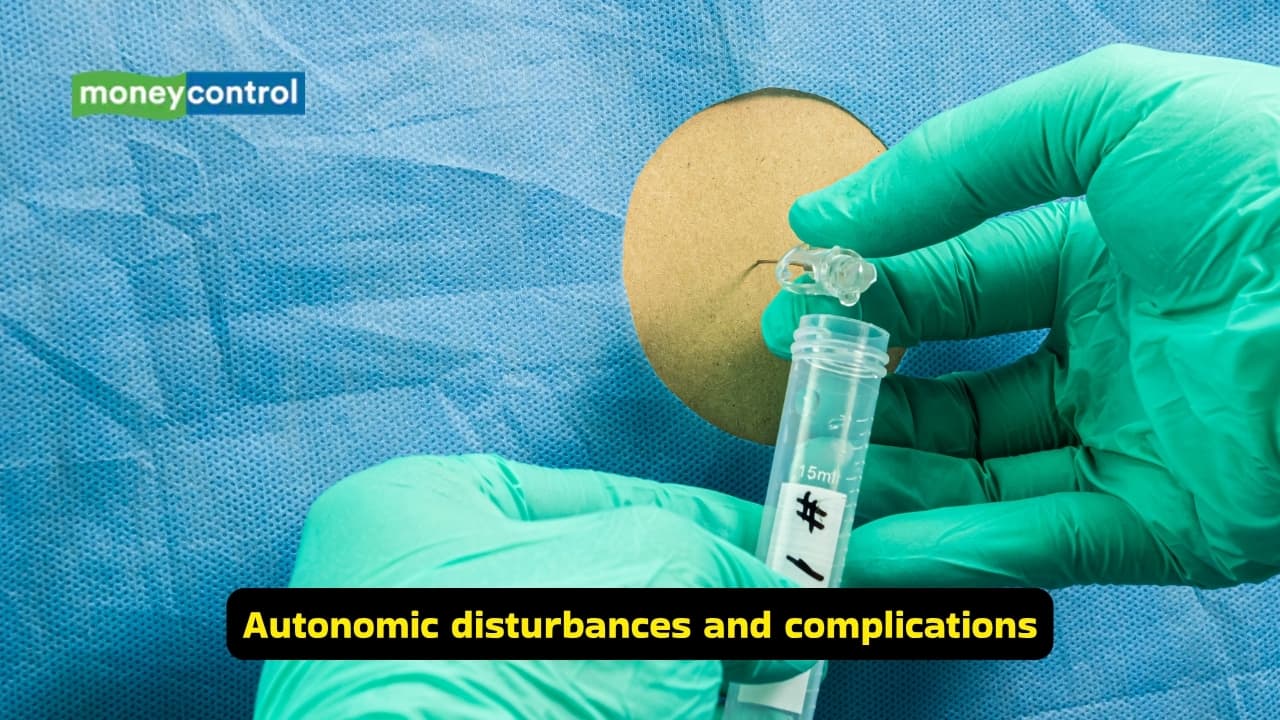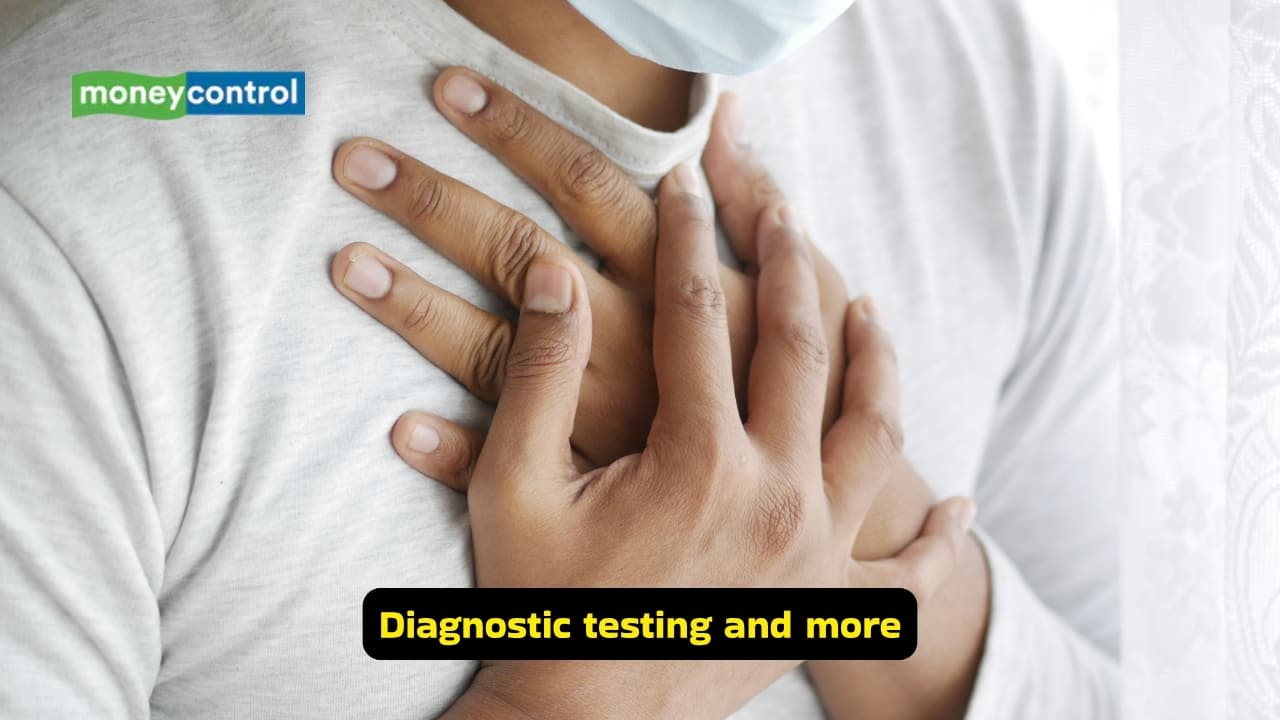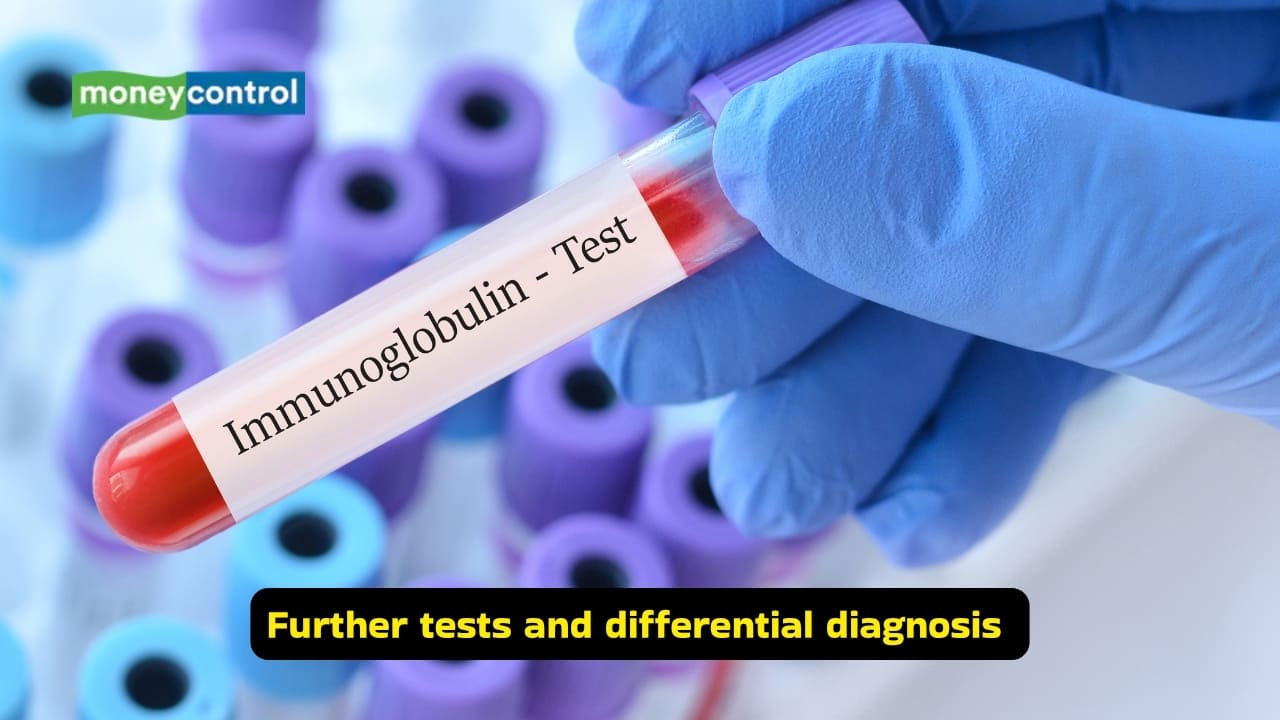Guillain-Barré Syndrome: Causes, symptoms, and treatment options of this severe condition
Guillain-Barré syndrome is a severe, immune-mediated polyneuropathy often following infection. It causes ascending motor weakness, minimal sensory loss, areflexia, and possible respiratory failure. Discover the symptoms, diagnostic methods, and treatment options for this syndrome.
1/10

What is Guillain-Barré Syndrome
Guillain-Barré syndrome (GBS) is a condition where the immune system of the body begins to attack the nerves. This is a part of a heterogenous group of immune-mediated conditions. It is one of the most common acute polyneuropathies, and is quite severe and fulminant in nature. (Images: Canva)
Guillain-Barré syndrome (GBS) is a condition where the immune system of the body begins to attack the nerves. This is a part of a heterogenous group of immune-mediated conditions. It is one of the most common acute polyneuropathies, and is quite severe and fulminant in nature. (Images: Canva)
2/10

Nature and causes of nerve damage
This syndrome is usually a demyelinating disease (condition that damages the protective covering over the nerve fibre in the central and peripheral nervous system), and rarely axonal. It can also occur post-infections or after a vaccine.
This syndrome is usually a demyelinating disease (condition that damages the protective covering over the nerve fibre in the central and peripheral nervous system), and rarely axonal. It can also occur post-infections or after a vaccine.
3/10

Triggering infections and pathogens
Most of the affected people have a previous history of a preceding illness which may be influenza-like. The person may also present a history of a gastrointestinal-intestinal infection. The causative factors can be campylobacter jejuni or cytomegalovirus. Herpes can also cause such symptoms.
Most of the affected people have a previous history of a preceding illness which may be influenza-like. The person may also present a history of a gastrointestinal-intestinal infection. The causative factors can be campylobacter jejuni or cytomegalovirus. Herpes can also cause such symptoms.
4/10

Core clinical feature, rapid paralysis
The hallmark of Guillain-Barré syndrome is the rapid onset of paralysis, which is mostly motor paralysis with or without sensory involvement. It may evolve over days or weeks, and can lead to the loss of deep tendon reflexes (areflexia). The weakness begins in the distal limbs.
The hallmark of Guillain-Barré syndrome is the rapid onset of paralysis, which is mostly motor paralysis with or without sensory involvement. It may evolve over days or weeks, and can lead to the loss of deep tendon reflexes (areflexia). The weakness begins in the distal limbs.
5/10

Pattern of weakness
The weakness is first in the lower limbs and then moves to the upper limbs. It also starts distally and moves proximally, hence is known as ascending paralysis. It is more prominent in the legs than the arms, and pain is experienced in the low back as well.
The weakness is first in the lower limbs and then moves to the upper limbs. It also starts distally and moves proximally, hence is known as ascending paralysis. It is more prominent in the legs than the arms, and pain is experienced in the low back as well.
6/10

Sensory, respiratory muscle involvement
Sensory involvement is often minimal and may precede muscle weakness. There may either be abnormal sensations and a loss of pain sensation. One may also observe weakness in the face and the respiratory muscles, and such conditions possibly require ventilatory support.
Sensory involvement is often minimal and may precede muscle weakness. There may either be abnormal sensations and a loss of pain sensation. One may also observe weakness in the face and the respiratory muscles, and such conditions possibly require ventilatory support.
7/10

Autonomic disturbances and complications
In more severe cases, there can be bladder dysfunction in the later stages. Patients may experience fluctuations in the blood pressure, which can cause postural hypotension. Cardiac dysrhythmia is also a clinical feature of the Guillain-Barré syndrome along with deep aching pains in the back and limbs.
In more severe cases, there can be bladder dysfunction in the later stages. Patients may experience fluctuations in the blood pressure, which can cause postural hypotension. Cardiac dysrhythmia is also a clinical feature of the Guillain-Barré syndrome along with deep aching pains in the back and limbs.
8/10

Diagnostic testing and more
Analysis Some investigations may be advised by the healthcare provider to confirm the diagnosis and rule out other conditions. The cerebrospinal fluid is examined, and after one week of illness, it may show raised protein, normal sugar and the cell count may be less than ten cells per millimetre cube.
Analysis Some investigations may be advised by the healthcare provider to confirm the diagnosis and rule out other conditions. The cerebrospinal fluid is examined, and after one week of illness, it may show raised protein, normal sugar and the cell count may be less than ten cells per millimetre cube.
9/10

Further tests and differential diagnosis
Nerve conduction studies may also be recommended, along with antibodies against GQ1b. This condition must be differentiated from other ones like poliomyelitis, botulism and diphtheria. Other mimics of this disease include localised spinal cord syndromes and myasthenia gravis.
Nerve conduction studies may also be recommended, along with antibodies against GQ1b. This condition must be differentiated from other ones like poliomyelitis, botulism and diphtheria. Other mimics of this disease include localised spinal cord syndromes and myasthenia gravis.
10/10

Treatment and prognosis
Early treatment is necessary, and a high dose immunoglobulin intravenously may be given. Plasma exchange on five separate occasions over 1-2 weeks may be also be done. Fullrecovery may be seen in about fifty to sixty-nine percent. Prophylaxis can be given for deep vein thrombosis as well. (Disclaimer: This article, including health and fitness advice, only provides generic information. Don’t treat it as a substitute for qualified medical opinion. Always consult a specialist for specific health diagnosis)
Early treatment is necessary, and a high dose immunoglobulin intravenously may be given. Plasma exchange on five separate occasions over 1-2 weeks may be also be done. Fullrecovery may be seen in about fifty to sixty-nine percent. Prophylaxis can be given for deep vein thrombosis as well. (Disclaimer: This article, including health and fitness advice, only provides generic information. Don’t treat it as a substitute for qualified medical opinion. Always consult a specialist for specific health diagnosis)
Discover the latest Business News, Budget 2025 News, Sensex, and Nifty updates. Obtain Personal Finance insights, tax queries, and expert opinions on Moneycontrol or download the Moneycontrol App to stay updated!






